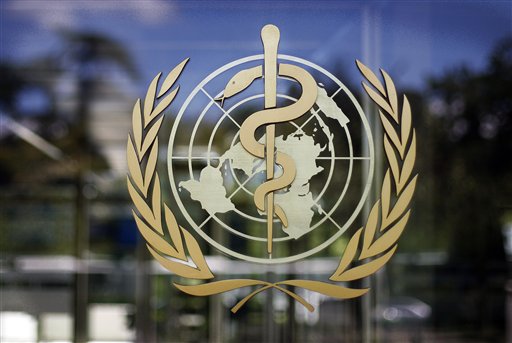
The World Health Organization has published a policy document on traceability of healthcare products, which is open for comment until the end of the month.
The document – available here – is an attempt to outline the key features of existing traceability systems for health products and to provide guidance on the development of regulations in this area among WHO member states.
The publication is a consequence of WHO’s pledge to develop a ‘mechanism’ to tackle substandard and falsified medicinal products, which has prioritised work on traceability as part of a drive to publish global framework or guidelines for member states.
Expanding access to medicines, and fighting falsified and substandard drugs, is one of the World Health Organization’s top 10 urgent health challenges for the next 10 years.
The new document takes into account governance, costs and adherence to global standards for national and regional policy-making, and recognises that traceability is a tool that could be used to meet the WHO’ target of universal healthcare for all by 2030.
While some countries are already implementing traceability systems, the WHO hopes its document will avoid variation in the requirements and standards deployed.
It covers medicinal products, including vaccines and drugs, but doesn’t extend to raw materials such as active pharmaceutical ingredients (APIs) and excipients that are used to make drugs, medical devices, and other health products like blood products, traditional medicines and food supplements.
Substandard and falsified medical products from all main therapeutic categories have been reported to WHO including medicines, vaccines and diagnostics, and it is estimated that one in 10 medical products in low- and middle-income countries are not genuine and of acceptable quality.
They may cause harm to patients and fail to treat the diseases for which they were intended, and lead to loss of confidence in medicines, healthcare providers and health systems, says the WHO.
The benefits of introducing traceability include ensuring that only registered and approved products circulate in the legal supply chain, preventing recalled, banned or expired drugs getting into patients’ hands, and minimising the risk of drug shortages
.On the other hand, potential pitfalls of a poorly-conceived traceability implementation are significant investment and high costs that can disproportionately affect lower-income countries, and the risk of swamping already-stretched regulatory authorities.
Among the key considerations are:
- Unit-level rather than batch-level serialization of products will be needed to assist investigations of substandard and falsified product incidents and cargo theft and diversion;
- The use of global standards like those from GS1 (for pharmaceuticals) and ICCBBA’s IISBT 128 (for medical products of human origin) to identify products is advised;
- Unit-level serialization should ideally be accompanied by tamper-evident closures for medicine packs;
- Aggregation – i.e. linking the individually coded packs with the codes used on cartons, cases, and pallets used in shipping – is useful and already required by countries like Brazil, Pakistan and Russia but is also demanding and should only be required if national capabilities allow;
- Regardless of the verification model used (centralised, semi-centralised or distributed), it can only check the authenticity of unique identifiers on packaging and not the ingredients in the drug; and
- Regulators can specify full trace-and-trace or point-of-dispense verification based on the maturity of the local supply chain and the capability of the stakeholders to efficiently fulfil verification requirements.
"The world has never been more equipped to ensuring the quality, safety and efficacy of health products through to the 'last mile' of the supply chain," says the report.
"Effective technologies, standards and tools to facilitate the traceability of health products now exist with the potential for adoption in even resource limited settings."
A final version of this policy brief will be submitted to the ninth meeting of the member state mechanism on substandard and falsified medical products, due to take place the week of October 26-30.
©
SecuringIndustry.com





